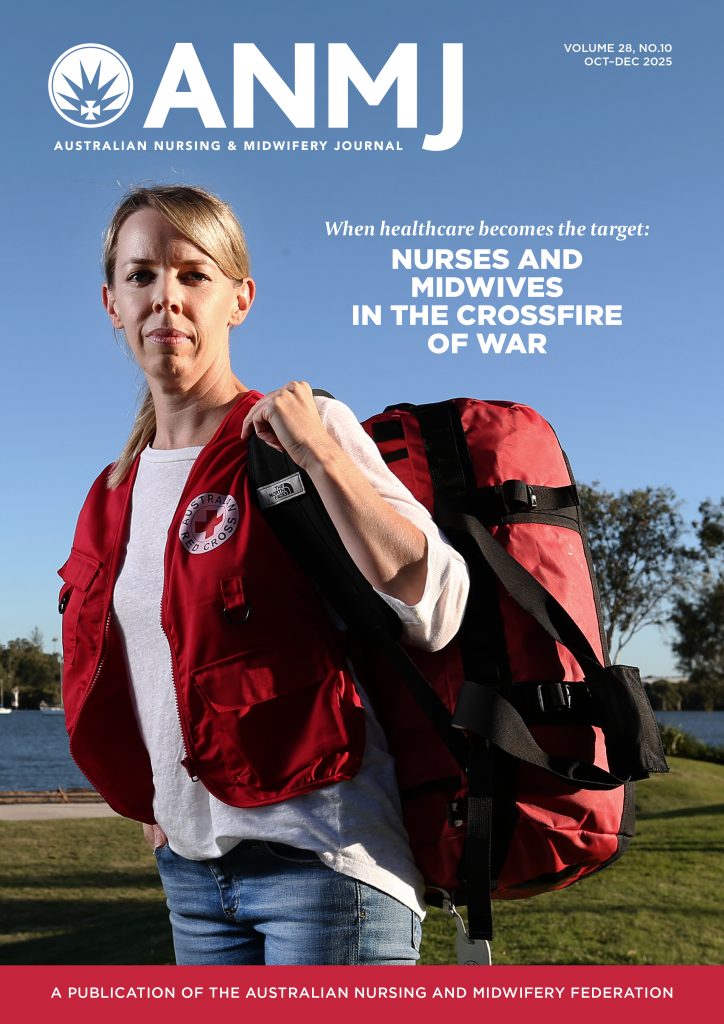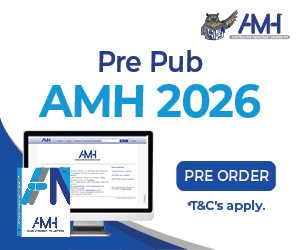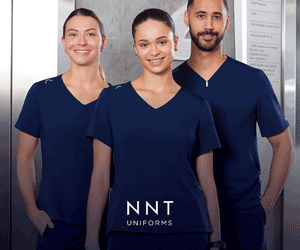We live in a world where information is easily accessed and consumed. It is thrust upon us constantly and anyone can easily publish an opinion that could potentially be read by thousands of people. We are bombarded with a constant flow of information, some of which has contributed to the spread of “alternative facts”. It is all too easy to form an opinion without fully understanding the subject – who has the time? It is easy to be sucked into the vortex of misinformation on social media and some news outlets.
So how do we navigate through this data onslaught? We can use a skill that, inherently, all nurses and midwives have – critical thinking.
Critical thinking is purposeful analysis, logical reasoning, and reflection that provides a framework to care for our patients. It is also known as the process of problem solving and decision-making.
In a clinical setting, nurses and midwives use critical thinking in all aspects at work. We use critical thinking to analyse patient care related information, weigh up all relevant options and then make decisions in the best interests of our patient. Paired with critical thinking is evidence-based practice, a tool where nurses and midwives integrate research evidence, clinical expertise and best practice to provide optimum care.
We are taught to use critical thinking without second thought. After all, our decisions use the concept ‘patient first approach’.
The use of critical thinking in our profession protects our patients/clients against human fallibility. Nobody is perfect and critical thinking decreases the chance of us making risky decisions, makes us immune to conformation bias, allows us to distinguish between facts and opinions to assess the credibility of information sources and makes us more likely to be impartial and not subject to group thinking.
But outside of our workplace, we encounter information overload. Social media bombards us with a packaged set of opinions, easily consumed media bites, and latest trends and consumables.
We now contend with fake news. An unhinged person with no qualifications on a particular topic can share their opinions, spread globally via social media, and be considered an expert.
Confirmation bias, a tendency to search for and recall information that supports your own existing beliefs, ensures that these opinions spread widely.
When presented with information, look for scientific evidence to support claims and evaluate the plausibility of arguments before forming a view. You may, for example, hear that a COVID-19 vaccination is causing side-effects.
Instead of taking this as fact, use critical thinking skills to seek more data. How does it stack up against current scientific consensus by leaders in the field? Have they provided peer-reviewed evidence to support their claims?
People no longer rely on television and print media alone for obtaining news, but increasingly make use of social media and news apps, where it is not easy to distinguish real news from fake news.
Social media facilitates the distribution of user-generated information. This includes hoaxes, false claims, fabricated news, and conspiracy theories. Facebook, for example, will show you messages based on your previous use, what you read, how long you spent reading a FB post, and what videos you looked at. Social media is designed to make you consume content to get money for the ads you see.
So how do you deal with people who have swallowed the fake news, even believing in conspiracy theories, especially in this era of misinformation?
Shouting your evidence does not work, as people will withdraw and refuse to interact. The key is to acknowledge and respect their core beliefs.
For example, if your friend was an anti-vaxxer, acknowledge that they value their health and those of their loved ones. Listen to what they have to say, find common ground and shared values. This builds empathy, which can be used to discuss differing views.
Introduce concepts of searching for proper evidence, seek other views, introduce concepts of the scientific process, and let them progress from denial to acceptance on their own terms.
Critical thinking is a key skill in nursing and midwifery. Think like a scientist: examine, critique, assess and look for evidence in a rational, unbiased manner. This can sometimes be uncomfortable!
“Knowing a great deal is not the same as being smart; intelligence is not information alone but also judgment, the manner in which information is collected and used” – said Carl Sagan
Remember, ask the right questions!







